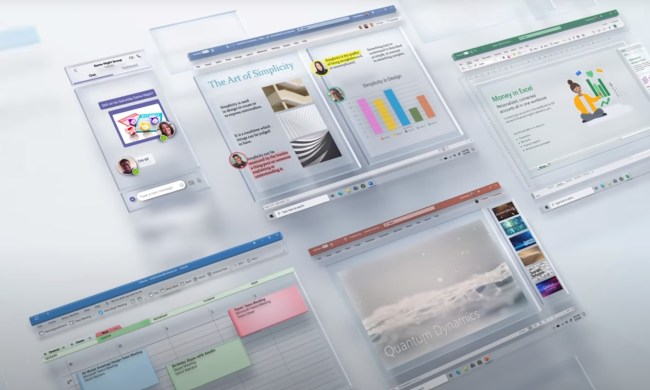The planned acquisition of TikTok by Microsoft could be a technically complex operation with full separation of the app from ByteDance taking a year or more, as reported by Reuters.
Sources told Reuters that the plan for Microsoft to take over the TikTok app and to take charge of its data security will not be simple to implement.
The issue is the complexity of the code of TikTok, some of which is shared with other apps from Chinese parent company ByteDance. The code for the TikTok app itself was separated from the Chinese version of the app, Douyin, although the two apps maintained very similar functions and appearances. The issue is the code that runs on the TikTok servers, as some of this server code is shared with other ByteDance apps. This code controls functions like recommendations, user information, and data storage.
This would make it a complex task for Microsoft to take over the app and ensure that user data is being handled safely. The company would need to check and likely rewrite at least some of this code, and while it did so it would need to continue using ByteDance’s original code to ensure uninterrupted service for users.
There is also a lack of clarity about what the fate of TikTok’s recommendation algorithm would be. The recommendation engine is one of the app’s biggest strengths, serving up users with videos they will likely enjoy based on their previous behavior. But it’s not clear whether this algorithm and the data it relies on would be passed to Microsoft in the event of a sale, especially because Microsoft is currently looking at taking over TikTok’s presence only in the U.S. and a handful of other countries, while other countries would continue to use the ByteDance version of the app.
President Donald Trump has set a deadline of September 15 for TikTok to be taken over by a U.S. company, or else it will be banned. However, these technical issues mean that even if Microsoft and TikTok reach an agreement regarding ownership of the app, it could be months or even years before the transition of data from one entity to the other is complete.
A Microsoft representative told Digital Trends that the company had no comment to share on the matter.
Updated Aug 10: Added response from Microsoft representative.



